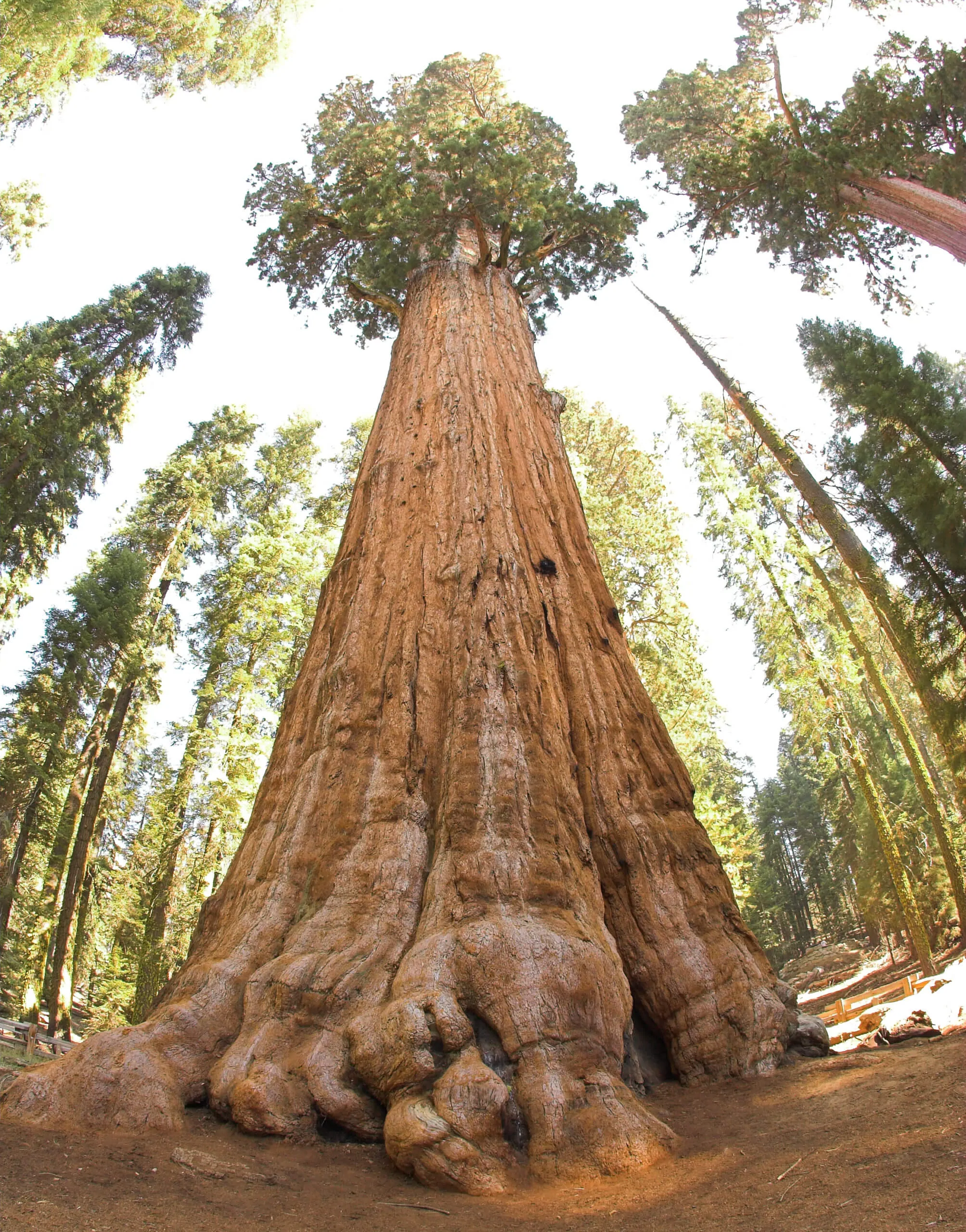Sequoia National Park Location-- Instructions and How to Arrive
Sequoia National Park Location-- Instructions and How to Arrive
Blog Article
Explore the Diverse Wild Animals Habitats Within Sequoia National Park
Sequoia National Park is an environmental treasure, showcasing an excellent range of wild animals environments that contribute to its abundant biodiversity. From the magnificent gigantic sequoia woodlands to the varied towering fields, each atmosphere plays a vital duty in supporting numerous species, consisting of both usual and uncommon fauna.
Overview of Sequoia National Forest
Sequoia National forest, snuggled in the southerly Sierra Nevada chain of mountains of California, is renowned for its spectacular landscapes and towering giant sequoias. Developed in 1890, it is among the earliest national forests in the United States, dedicated to maintaining the all-natural charm and environmental integrity of this distinct region. The park includes over 404,000 acres of varied terrain, including marvelous mountains, deep canyons, and lavish meadows.

Visitors can discover countless treking tracks, ranging from leisurely strolls to tough backcountry paths, each supplying a distinct point of view of the park's magnificence. With its mix of natural wonders and entertainment opportunities, Sequoia National Park serves as an important shelter for both wild animals and those seeking to get in touch with nature.

Significant Wild Animals Environments
The varied landscapes of Sequoia National Park produce a mosaic of wild animals environments that support a rich variety of varieties. These habitats range from lavish meadows and thick forests to rough alpine areas and large river valleys, each giving one-of-a-kind environmental particular niches.
One famous environment is the gigantic sequoia woodland, characterized by looming trees and an abundant understory, which supports different animals, birds, and pests. The combined conifer forests, made up of species such as sugar yearn and white fir, deal added shelter and food sources for wildlife.
Meadows and meadows play a crucial role in the park's ecosystems, functioning as essential foraging grounds for herbivores like deer and small animals. These open locations likewise draw in diverse bird types, particularly throughout movement periods.
The park's greater altitudes include alpine habitats, where conditions are extreme and varieties are adjusted to make it through in such extremes (Sequoia National Park hour). Here, one can discover distinct flora and fauna that grow in rocky, cold settings
Plants and Animal Variety
Within the diverse environments of Sequoia National Park, an amazing array of flora and animals coexists, showcasing the elaborate partnerships that maintain the park's biodiversity. The park is home to over 1,300 plant species, consisting of the renowned huge sequoias, which are among the biggest and earliest trees on Earth. These impressive trees provide necessary environment and food sources for numerous wild animals, fostering a complicated web of eco-friendly communications.
Pet types in Sequoia National forest are equally diverse, with habitats ranging from lowland foothills to high alpine environments. Animals such as black bears, mule deer, and bobcats prosper in this abundant community, while avian varieties, including the impressive golden eagle and the elusive seen owl, grace the skies. Amphibians and reptiles, like the Sierra newt and the western rattlesnake, likewise play crucial functions in maintaining eco-friendly equilibrium.
The park's unique mix of elevation slopes and microclimates supports these different types, highlighting the significance of protecting the natural habitats that enable such an abundant tapestry of life to thrive. Understanding this diversity is crucial for appreciating the eco-friendly relevance of Sequoia National Park.
Conservation Efforts in the Park
Conservation efforts in Sequoia National forest play a critical function in securing its unique ecological communities and the varied types that populate them. The park utilizes a complex method, including environment restoration, species keeping an eye on, and intrusive varieties administration. These initiatives are crucial for preserving the fragile balance of the park's communities, that include large sequoias, fields, and towering settings.
Energetic remediation projects focus on reestablishing native plant neighborhoods and fixing up abject environments. Sequoia National Park hour. This is particularly essential in locations influenced by human task or all-natural disruptions such as wildfires. The park's biologists carry out regular surveillance of essential varieties, including the jeopardized Sierra Nevada bighorn sheep, to analyze population wellness and inform administration strategies
Intrusive species present a significant risk to the park's biodiversity. With these extensive efforts, Sequoia National Park strives to safeguard its abundant all-natural heritage for future generations while making certain the strength of its varied wildlife environments.
Tips for Wild Animals Observation
Observing wild animals in Sequoia National Park uses an one-of-a-kind possibility to attach with nature and value the diverse species that grow in this amazing habitat. To maximize your wild animals observation experience, consider a number of essential tips.
First of all, strategy your check out during morning or late mid-day, as these times are most energetic for lots of pets. Bring binoculars to observe wildlife from a safe range without interrupting their all-natural habits. Furthermore, acquaint on your own with the varieties you wish to see; recognizing their practices and habitats can enhance your possibilities of finding them.
Persistence is vital; wildlife monitoring typically needs waiting silently and recognizing your environments. Remain on marked trails to minimize your effect on the ecosystem and ensure your security. It is likewise a good idea to keep a considerate distance from animals, staying clear of any type of activities that can emphasize them or disrupt their atmosphere.
Lastly, think about joining directed trips led by knowledgeable park rangers. These experts can company website give useful insights and enhance your opportunities of experiencing wildlife in their natural settings. By following these tips, you can improve your experience and add to the preservation of Sequoia's wildlife.

Final Thought
Sequoia National Park offers as an essential refuge for varied wild animals, showcasing an impressive selection of environments that support countless types. Eventually, the park's biodiversity underscores the value of keeping such all-natural landscapes for future generations.
Please visit one of our local supporters - Wholesale Liquidation Pallet Handbags In Bulk
Report this page